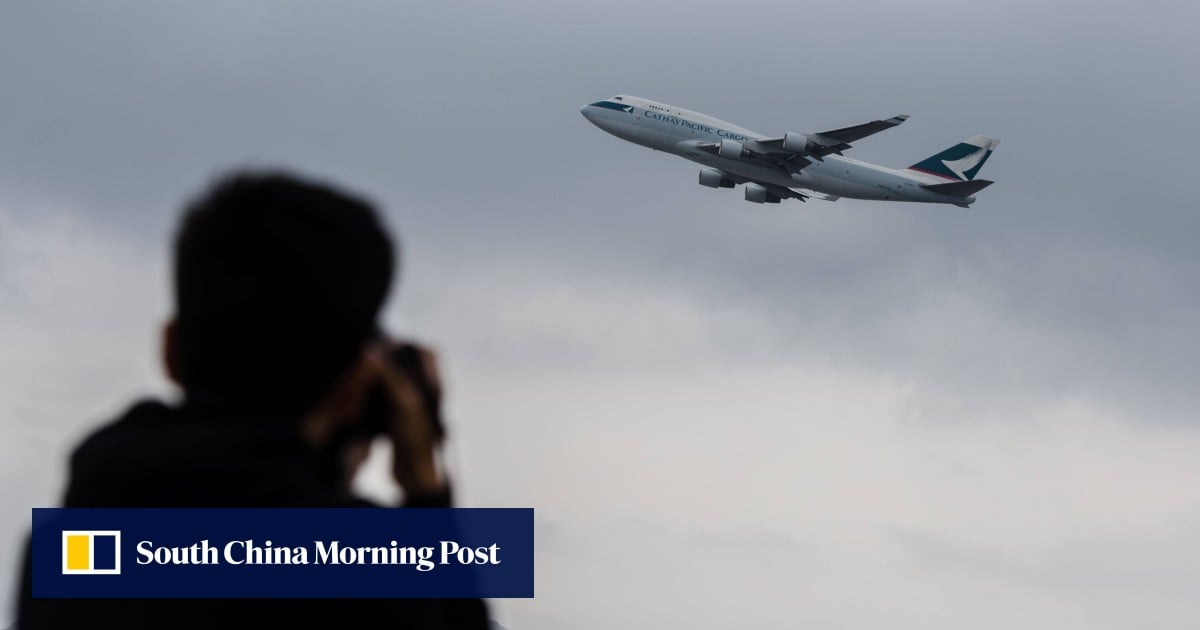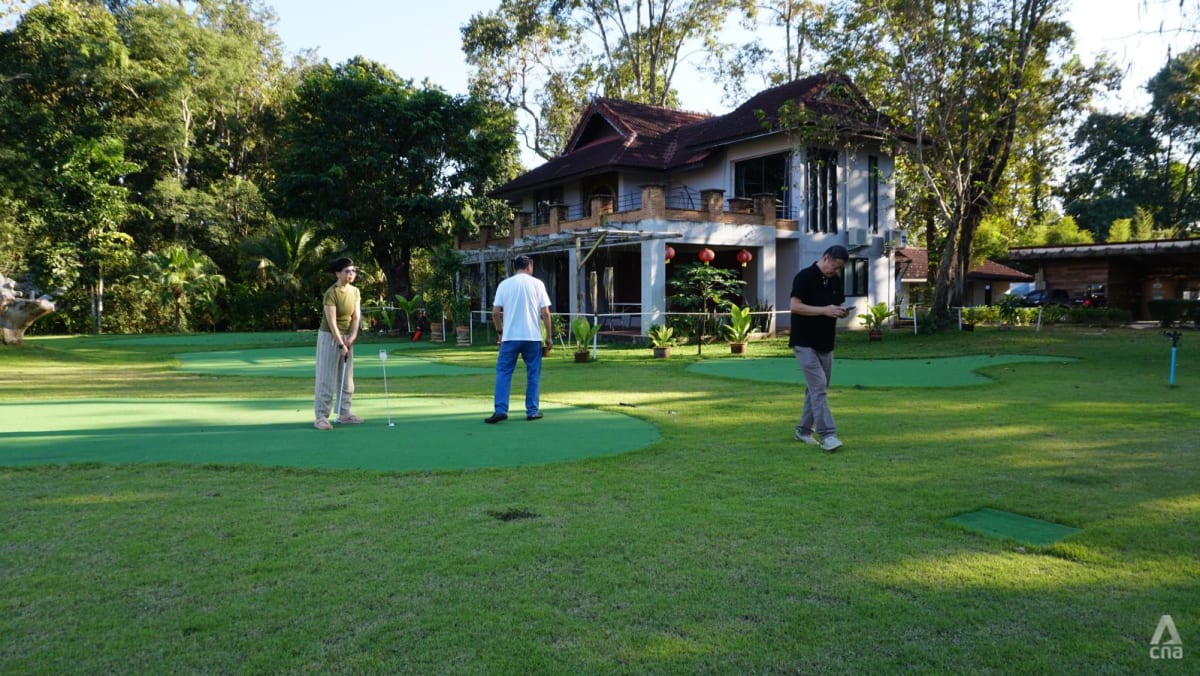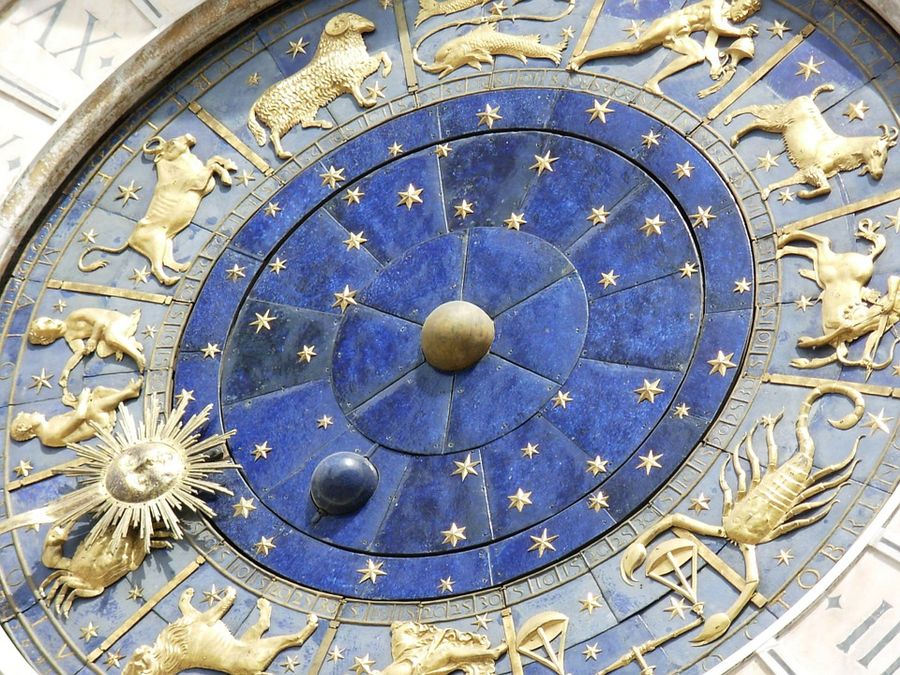Especially exciting for a plane spotter is the arrival of a rare aircraft. Gurung is most proud of having spotted Floyd Mayweather’s private jet – the American boxer visited the city in 2019 – and a Boeing 767-400ER VVIP belonging to the Bahrain royal family.
“A lot of airlines that had never flown into Hong Kong or didn’t operate a regularly scheduled service here were visiting – rare cargo aircraft like the Boeing Dreamlifter and the Antonov cargoes,” says Gurung.
The 28-year-old scaffolder, who adored aeroplanes as a child, likes to spot from Scenic Hill, South Perimeter Road, Sha Lo Wan Village, Airport Terminal 1 and the Civil Aviation Department Headquarters building.
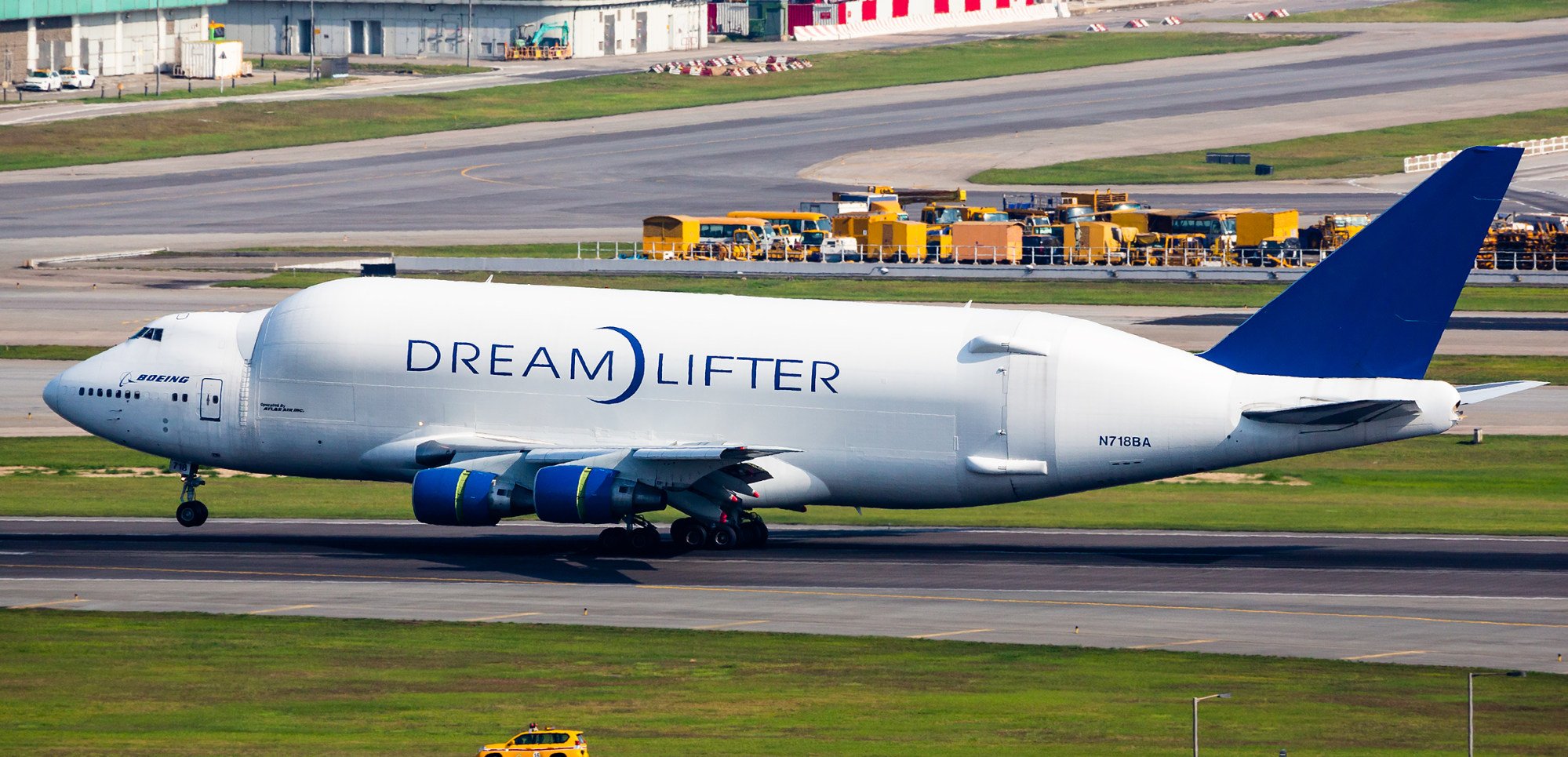
Because Hong Kong’s airport is a global cargo hub, Gurung says, a lot of airliners were ferrying medical supplies through Chek Lap Kok during the Covid-19 shutdown of passenger flights. And then there were repatriation flights.
Furthermore, regular cargo that would otherwise have been carried in the holds of passenger aircraft was being sent on temporary freighter flights.
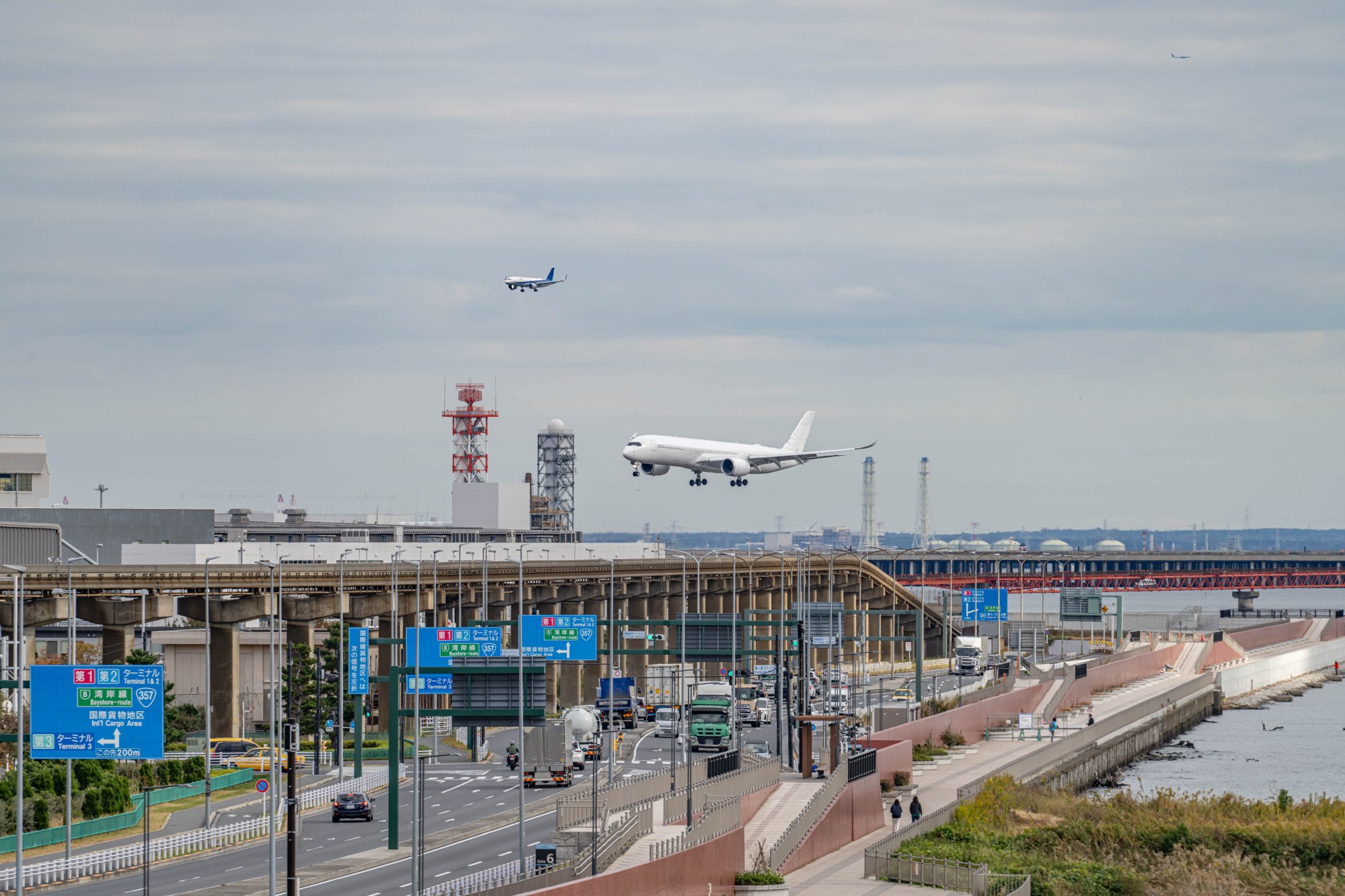
Gordon Li Chun-hei, another Hong Kong plane spotter, is also a fan of Haneda Airport. “It offers three observation decks that are incredibly spotter friendly, providing excellent vantage points to enjoy and capture the aircraft in action,” he says.
When plane spotting in Hong Kong, Li frequents the airport’s maintenance area, “as there is good lighting with planes taking off from Runway 25L, with a mountain background”, and Sha Lo Wan where “you can take a shot of the plane take off from Runway 07R or Runway 25L”.
Enthusiast such as Gurung and Li get their enjoyment primarily from watching aircraft take off or land, but there are some spotters who take pleasure in observing flights passing high overhead.
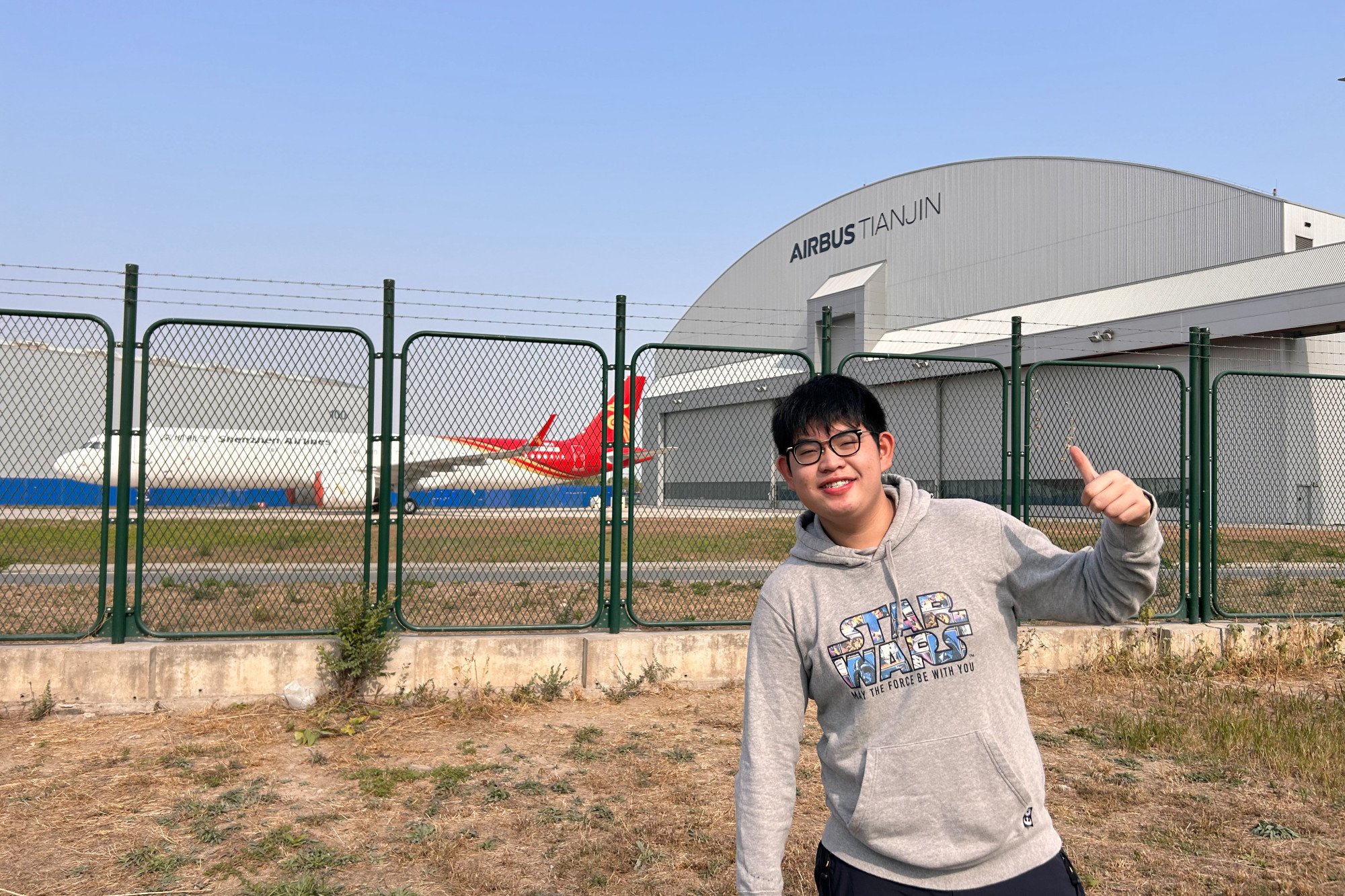
“I have liked aeroplanes and air journeys from my childhood days,” says Preetam Agarwal (the writer’s uncle), a 68-year-old plane spotter, as he opens the Flightradar24 app on his phone to get the details of an aircraft he can see thousands of feet above his house, in Dhuliyan, a small town in India’s West Bengal state, near the Bangladesh border.
“The nearest airport from Dhuliyan is more than 250km [155 miles] away, in Kolkata, hence watching flights at proximity isn’t an option,” he says.
Instead, Agarwal gazes upwards as planes fly between east and west Asia, and plays a game.
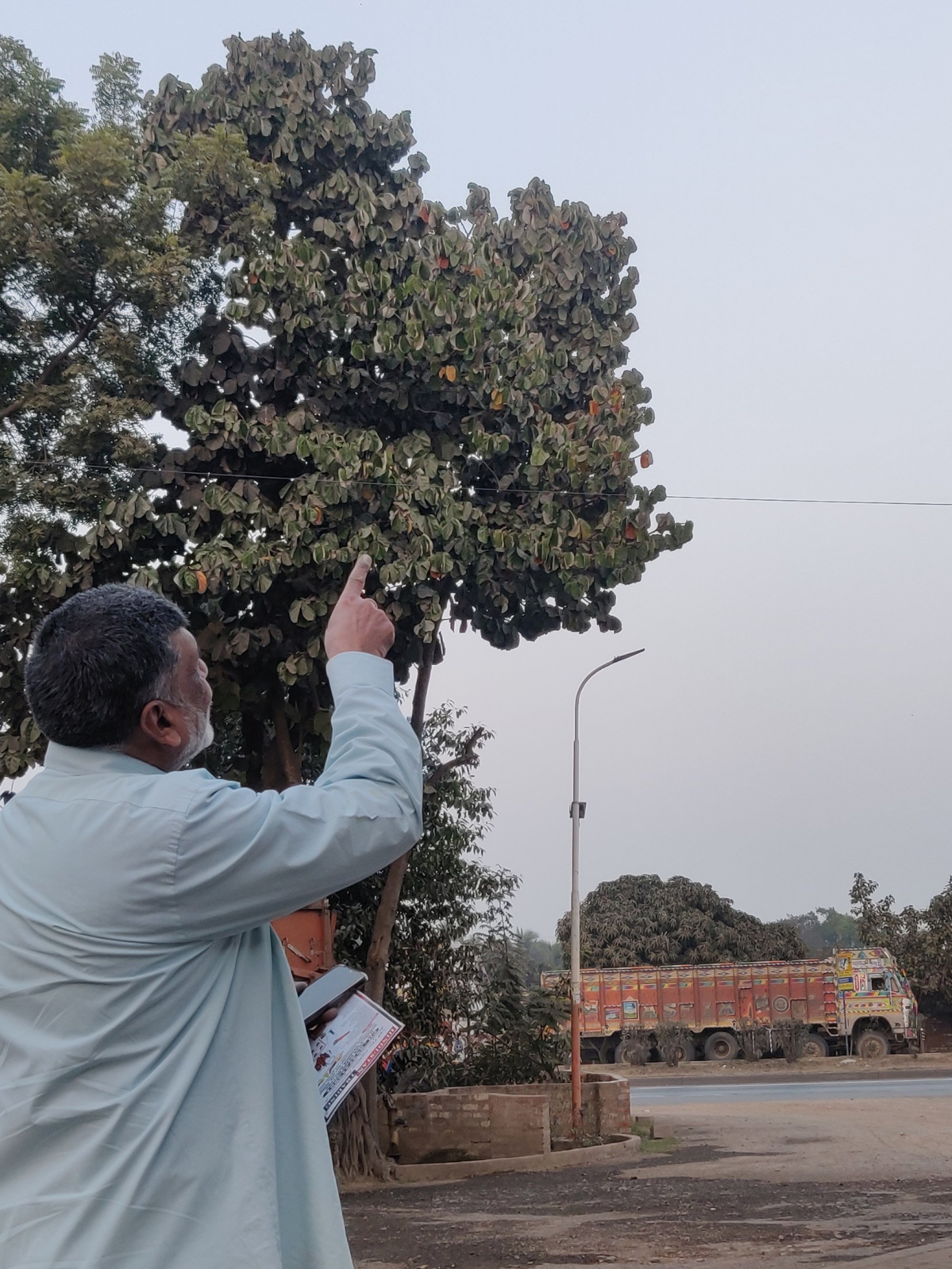
“If I see a west-to-the-east flight, then it brings good luck. Spotting an east-to-west flight is bad luck.” To reverse his luck, he adds: “I have to see a flight moving to the west. If I see it, it gives me immense happiness.”
Plane spotter Jay Lee, 34, who works for Shenzhen Airlines at Shenzhen Bao’an International Airport in southern China, uses his hobby to meet like-minded enthusiasts as well as achieve his fitness goals.
“In the past 10 years, I have met hundreds of aviation geeks from all over the world, and I like making friends.”
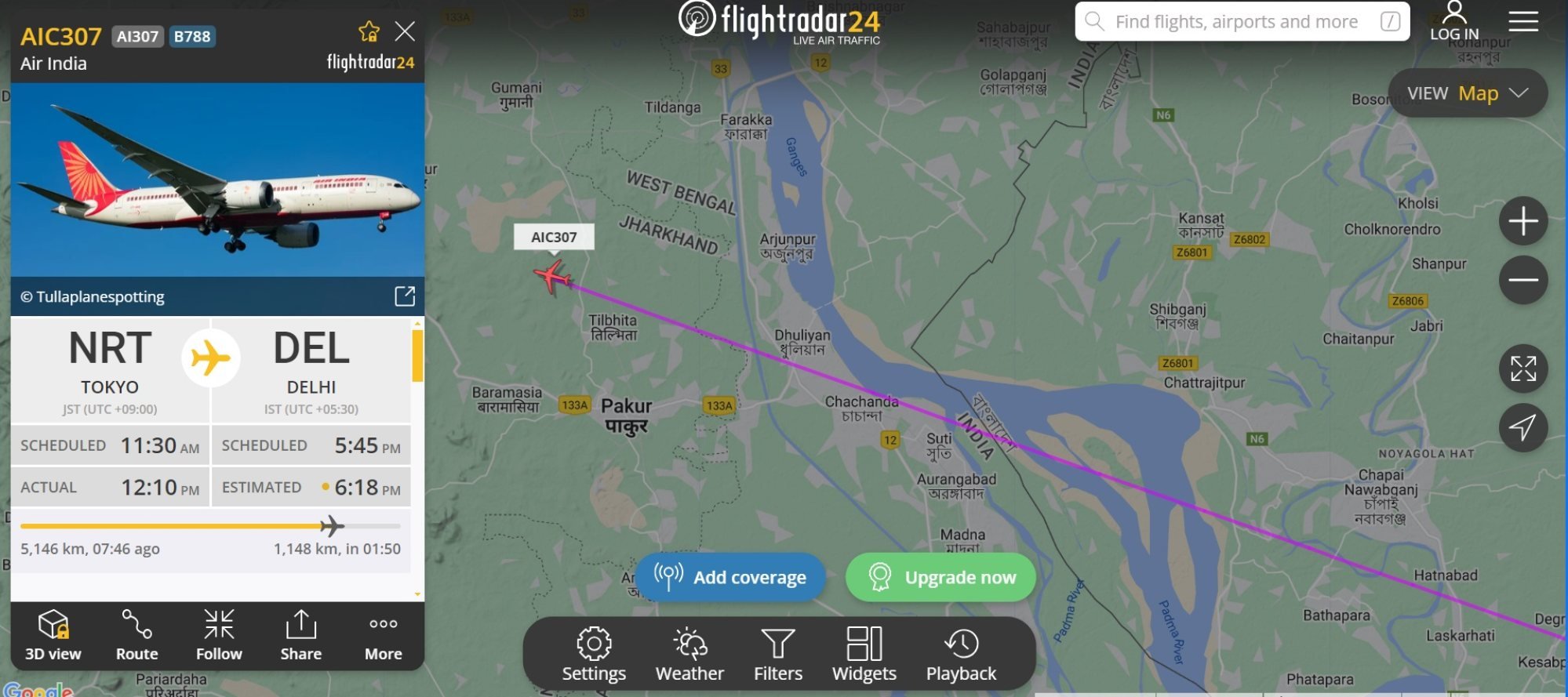
Despite working at Bao’an airport, Lee prefers to come to Hong Kong to spot planes. This involves a lot of walking to and from transport stops as well as between vantage points.
“Much of the time, I spend 30,000 steps on the way to plane-spotting locations.”
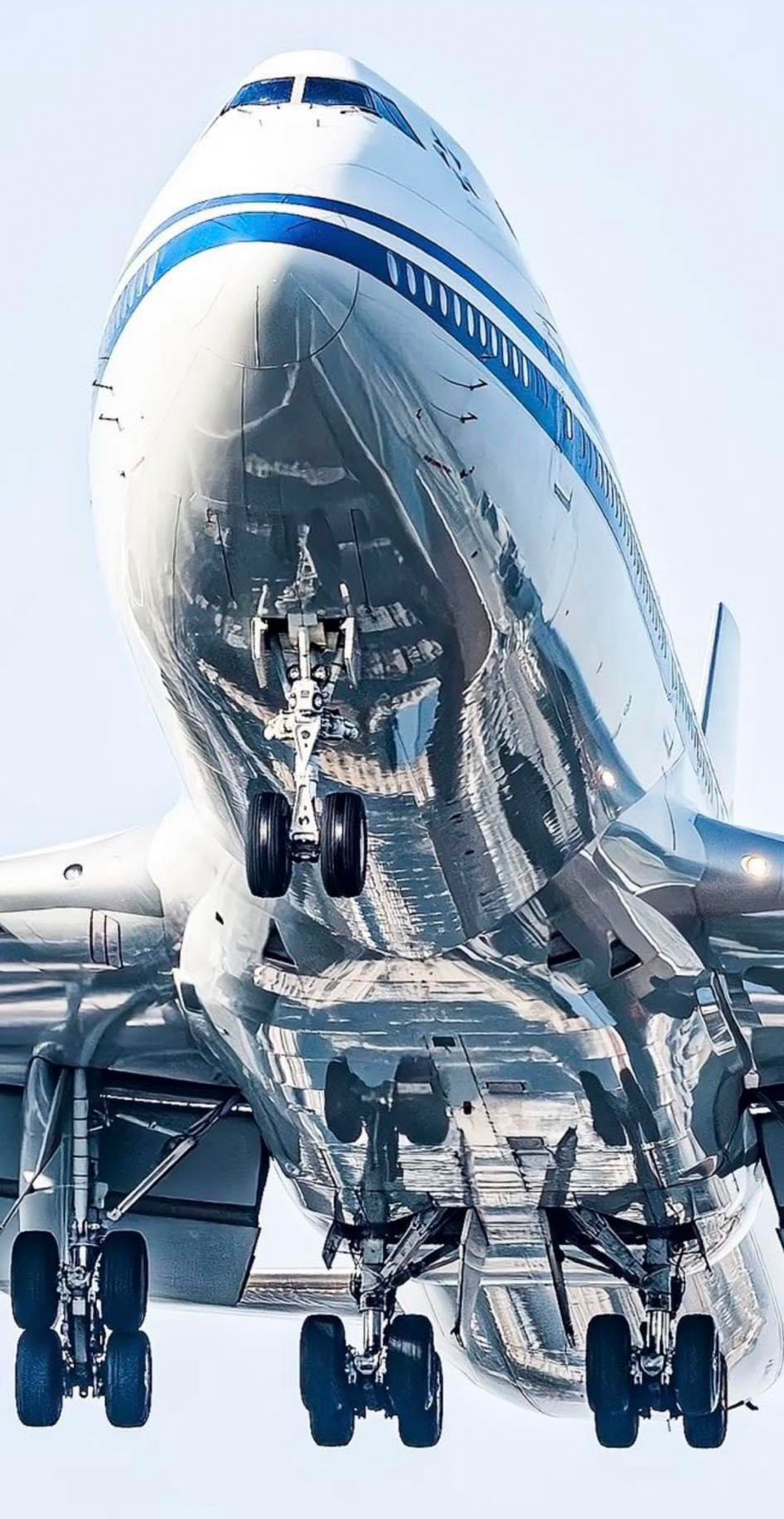
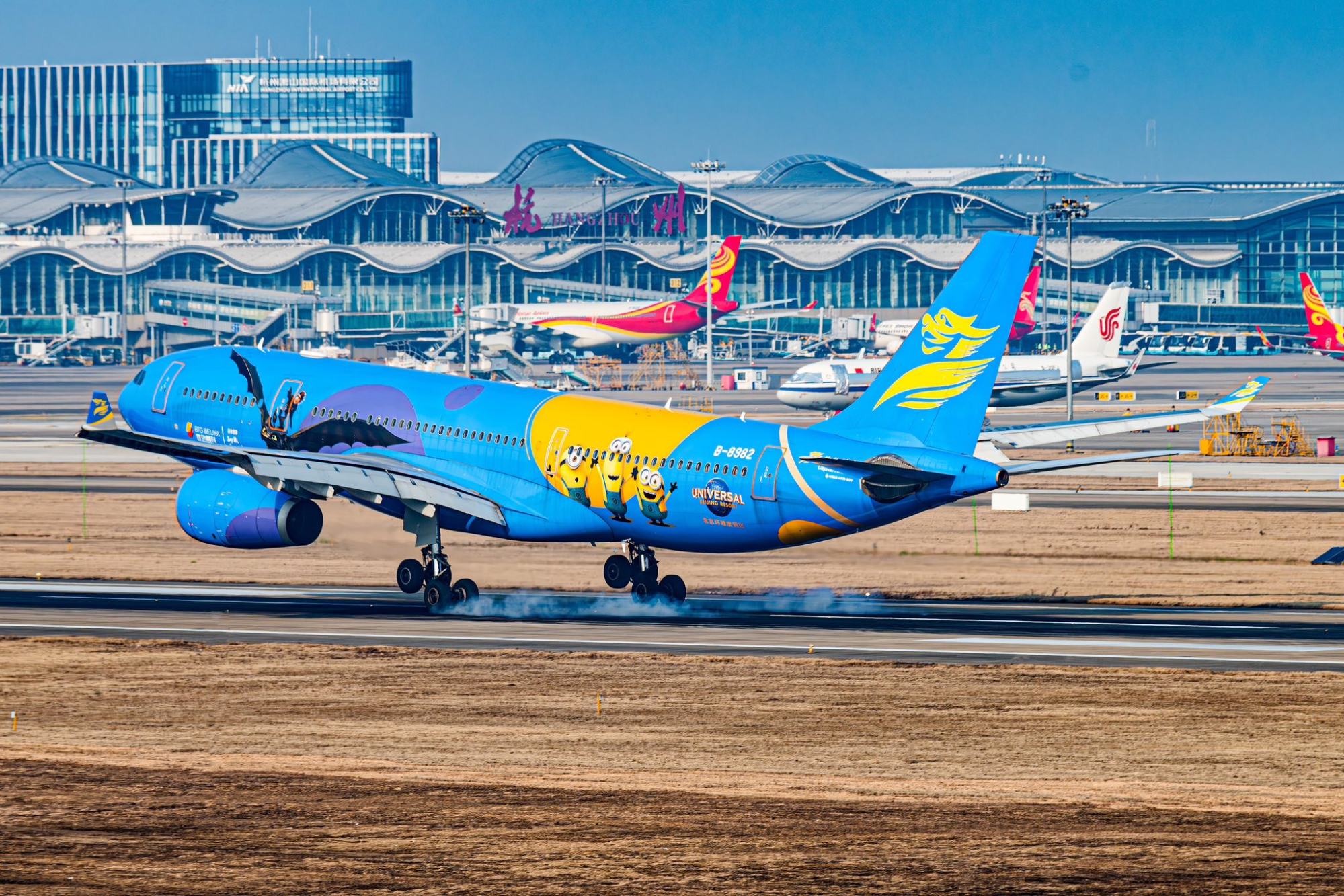
Lee specialises in photographing livery – the colours, graphics and typographies applied to the nose and fuselage of aircraft, some of which might reflect the identity, traditions or culture of a flag carrier’s country.
“In my mind, the most beautiful livery is painted on the body of the Airbus A330 operated by [Beijing] Capital Airlines,” Lee says. “I’m a big fan of Minions and the [cartoon movie] characters are painted on it.”
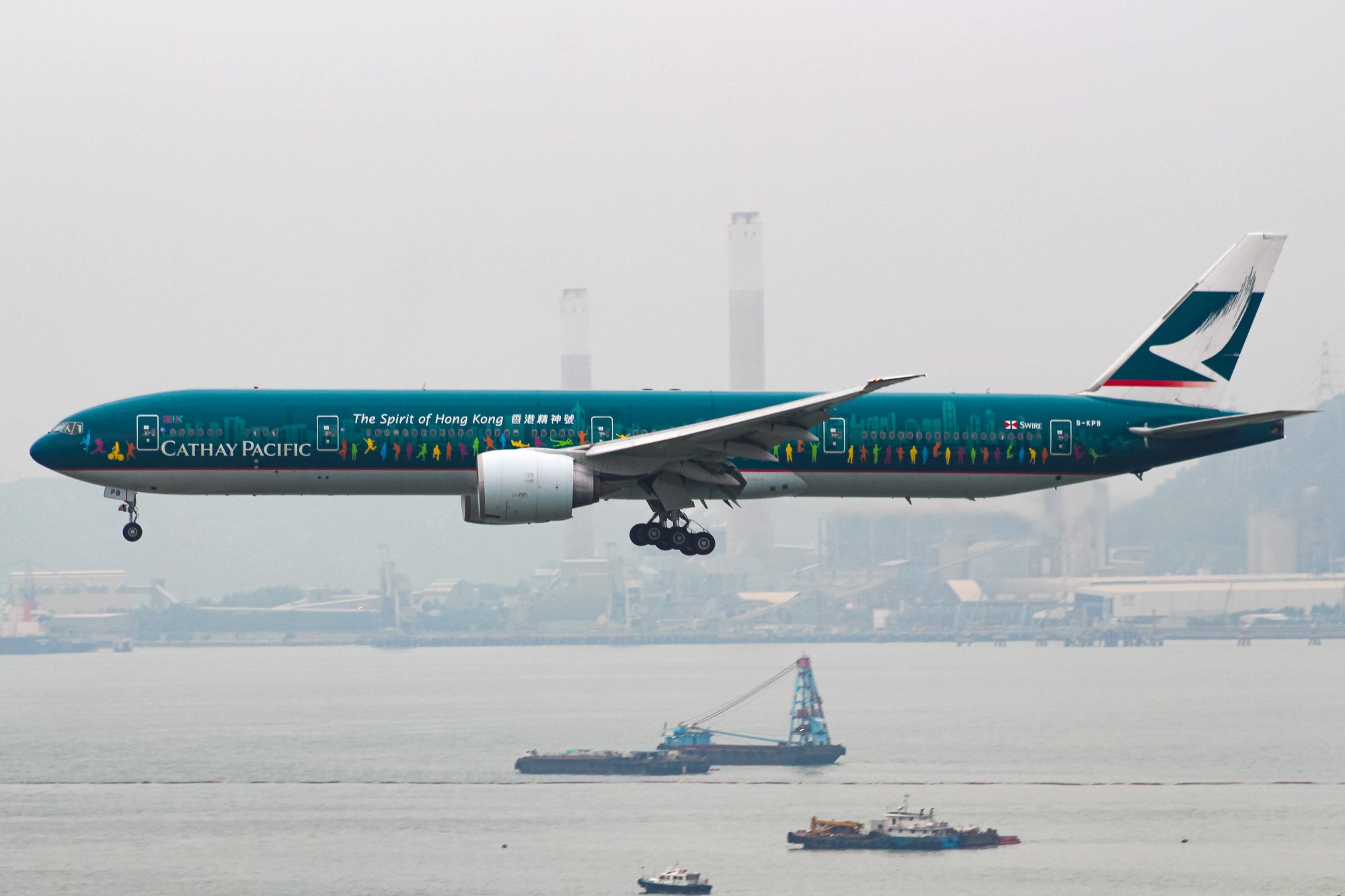
“I love how this special livery beautifully represents the spirit of Hong Kong to the world,” the 22-year-old trainee pilot says. “The colourful and cheerful Hongkonger graphic on the aircraft’s fuselage adds a charming touch of pride.”
“It promises to be another captivating addition to my collection.”
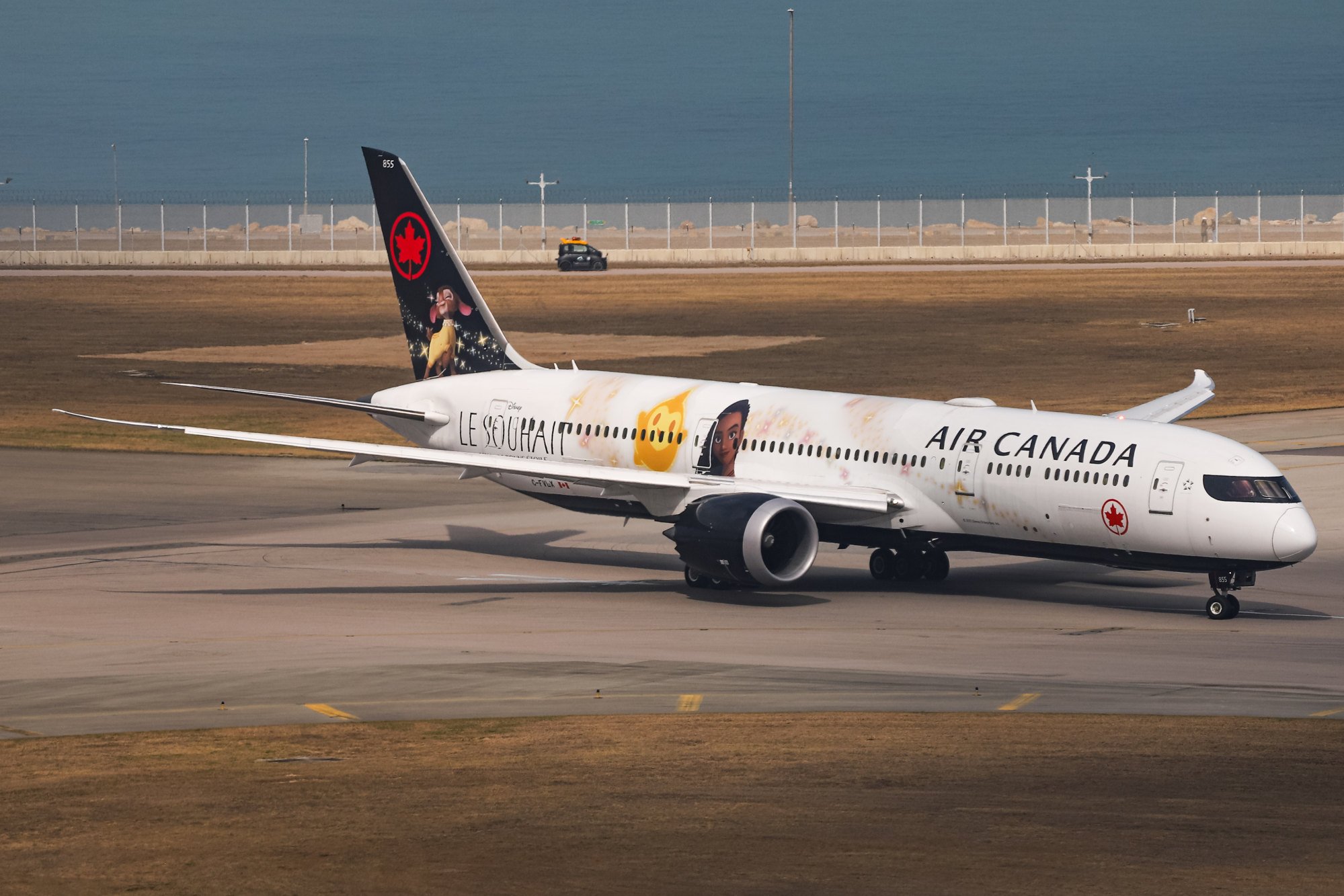
Li attended the Singapore Airshow 2024, held from February 20–25, and photographed not only the aerobatic team of the Royal Australian Air Force – the Roulettes – but also an Airbus A350-1000 prototype.
“This holds great importance to me because I have a deep admiration for Airbus as a manufacturer, and the A350 is my favourite aircraft,” he says
As rewarding as it may be, plane spotting comes with its challenges.
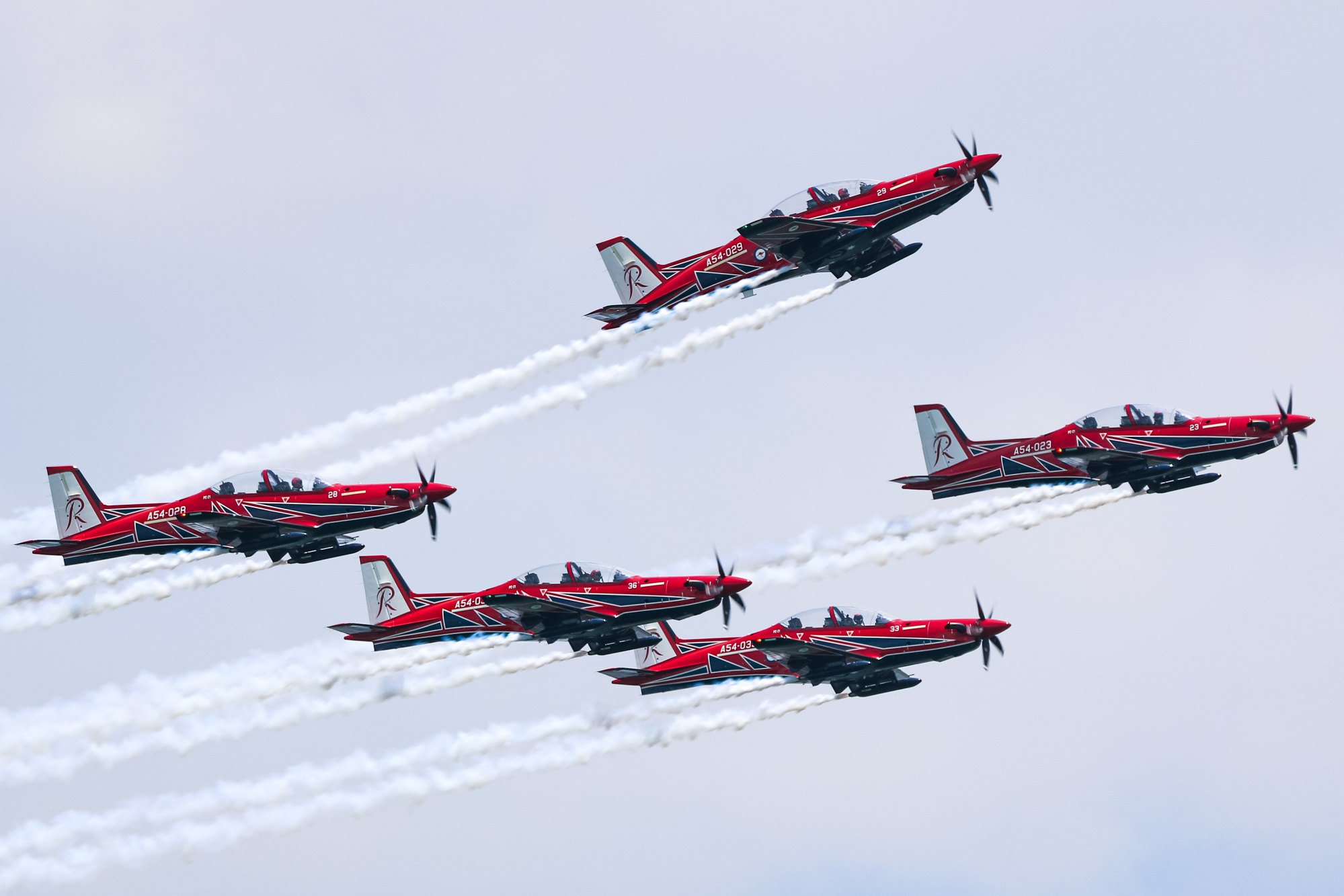
“Since Hong Kong is very hot and humid for the most part, the heat haze in summer makes images come out blurry and out of focus,” Gurung laments.
Li says: “There are times when our target aircraft arrives in unfavourable conditions, such as rain.”. “In such situations, we must decide whether to give up or still head to the airport to capture them.”
Patience is key. “Without it you can never learn,” Gurung says.
“You don’t need expensive camera gear to begin your plane spotting journey,” Li says. “Even a phone can be used to capture the joy of plane spotting.”
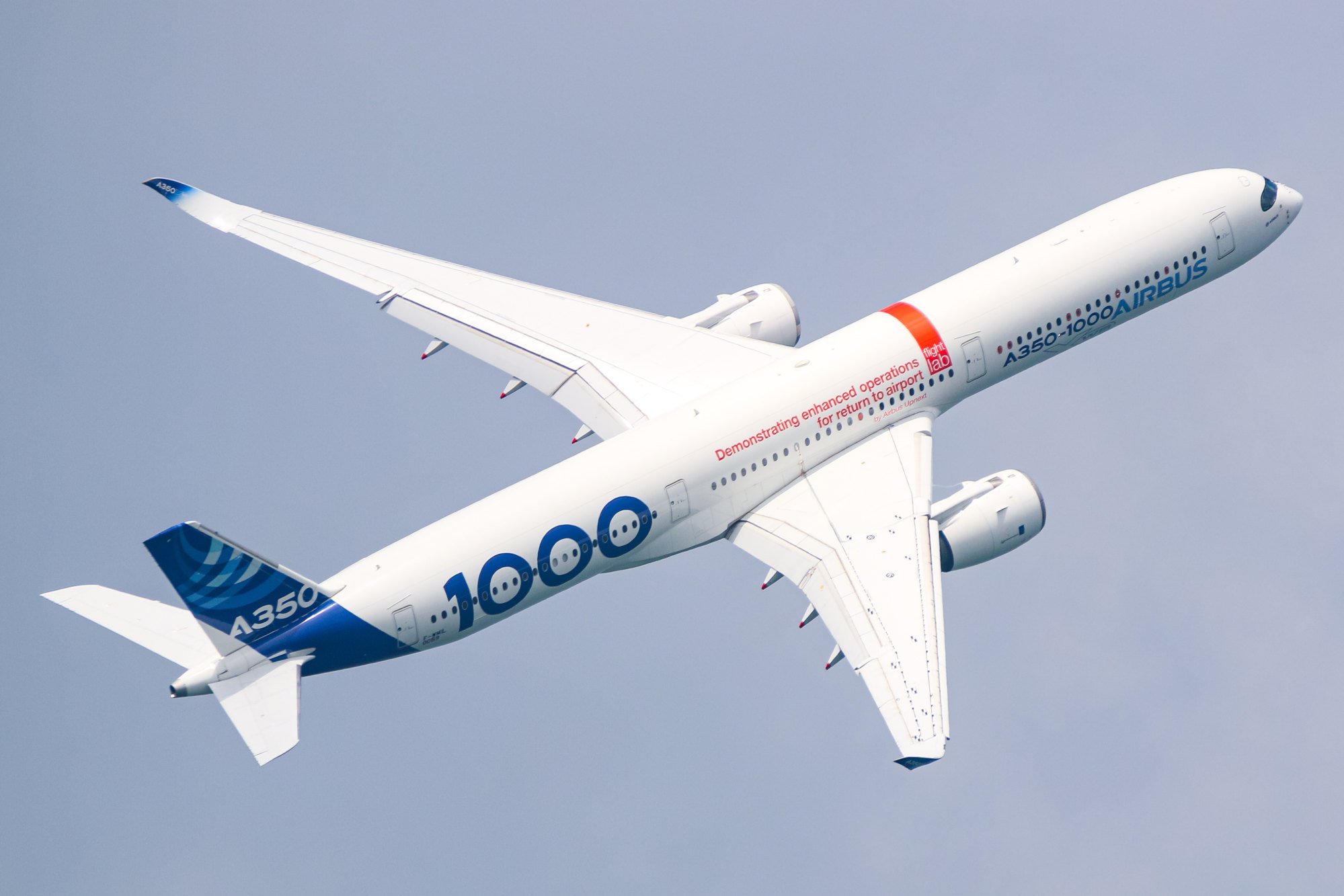
For Li, the hobby offers mutual support and friendship.
Gurung finds joy in fulfilling requests, “on rare occasions”, from pilots who ask him to take photos of their aircraft touching down or lifting off.

